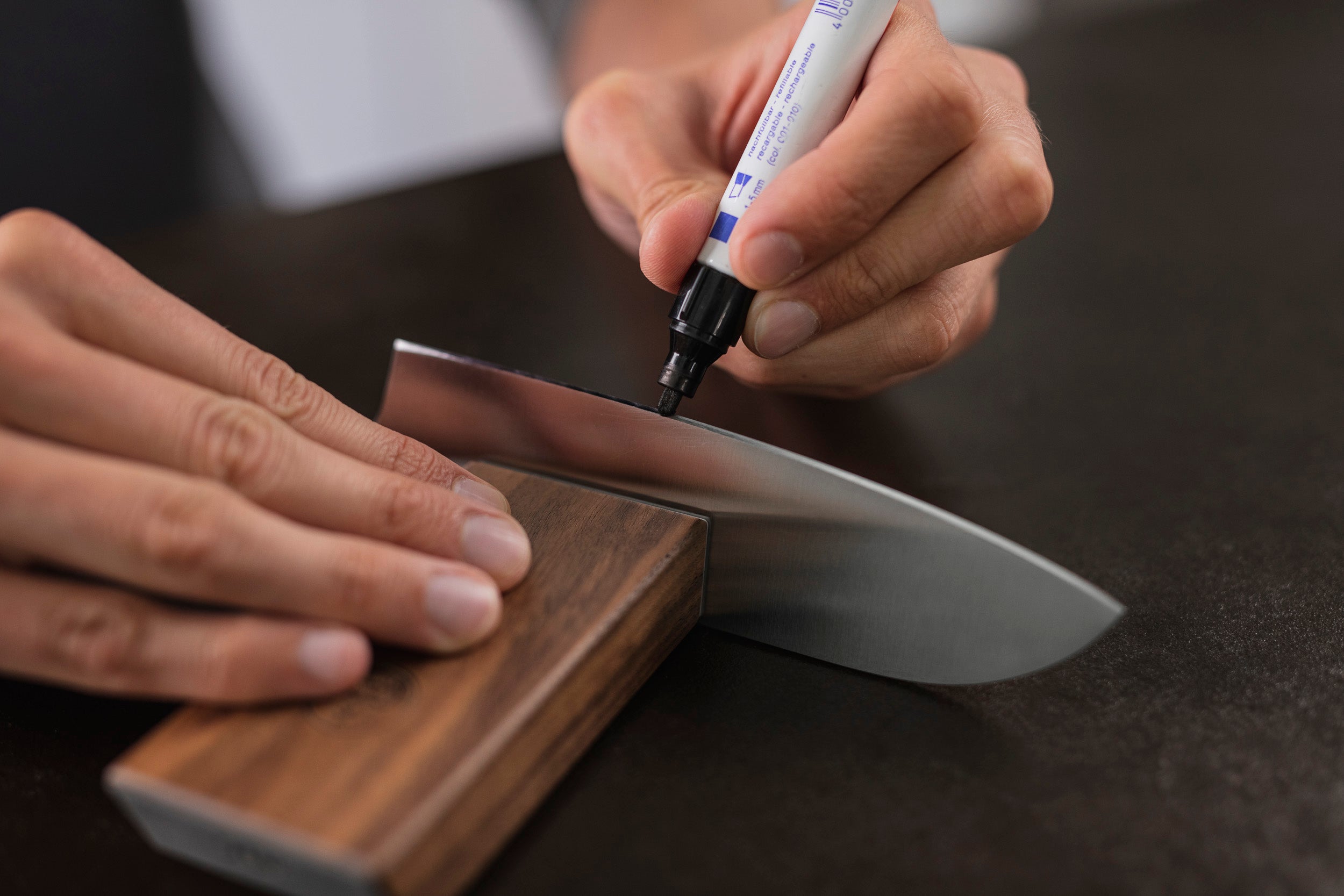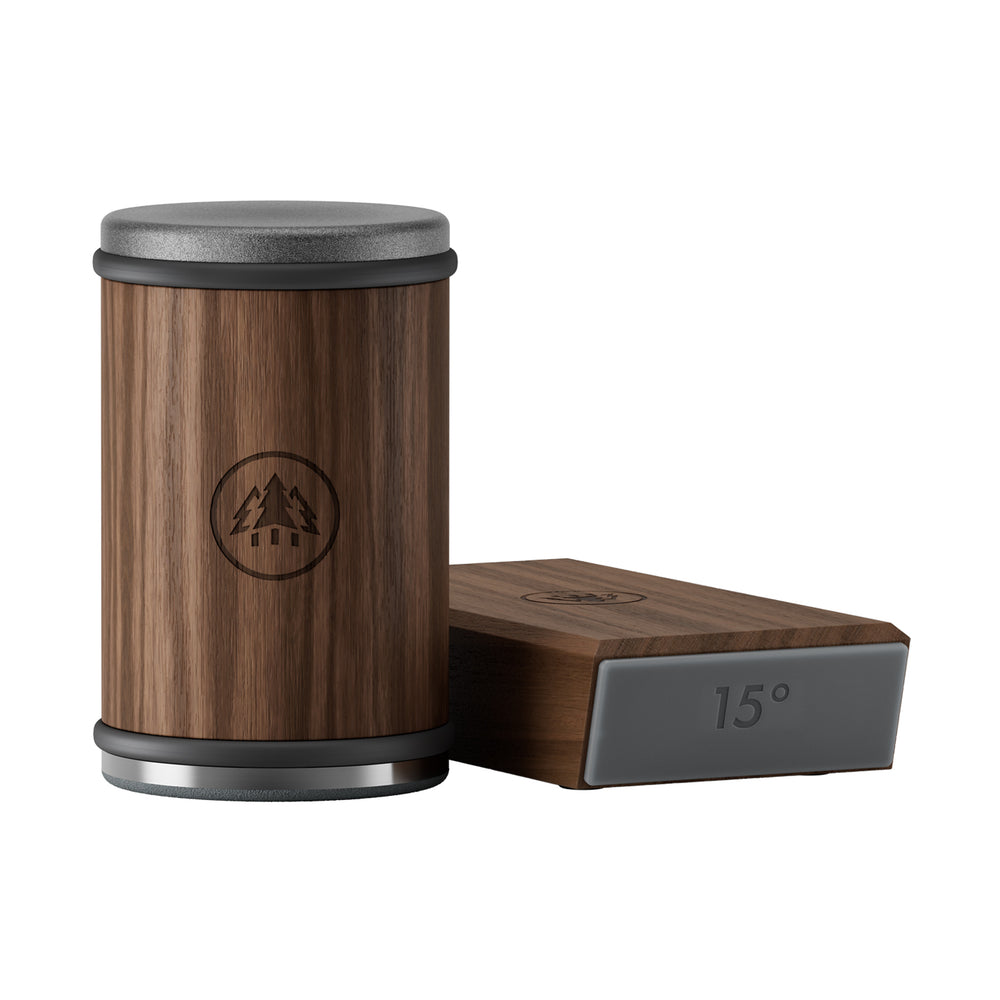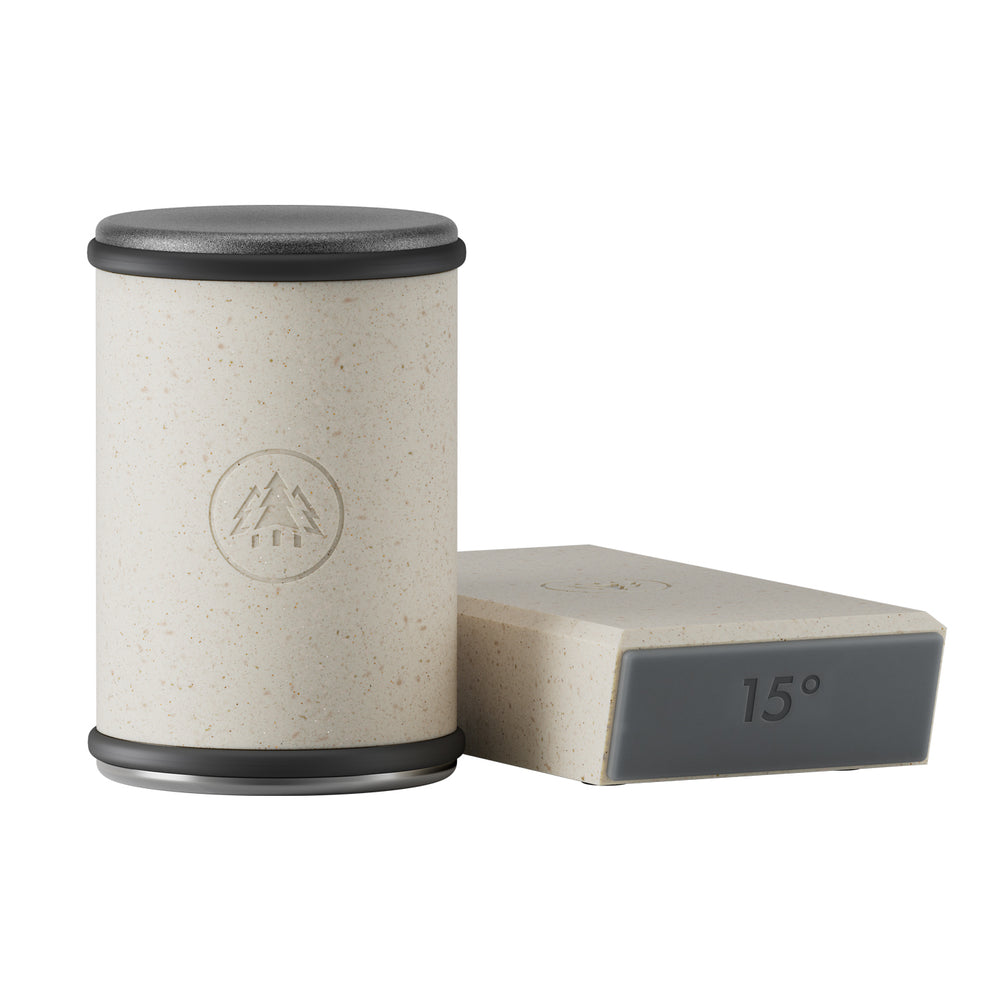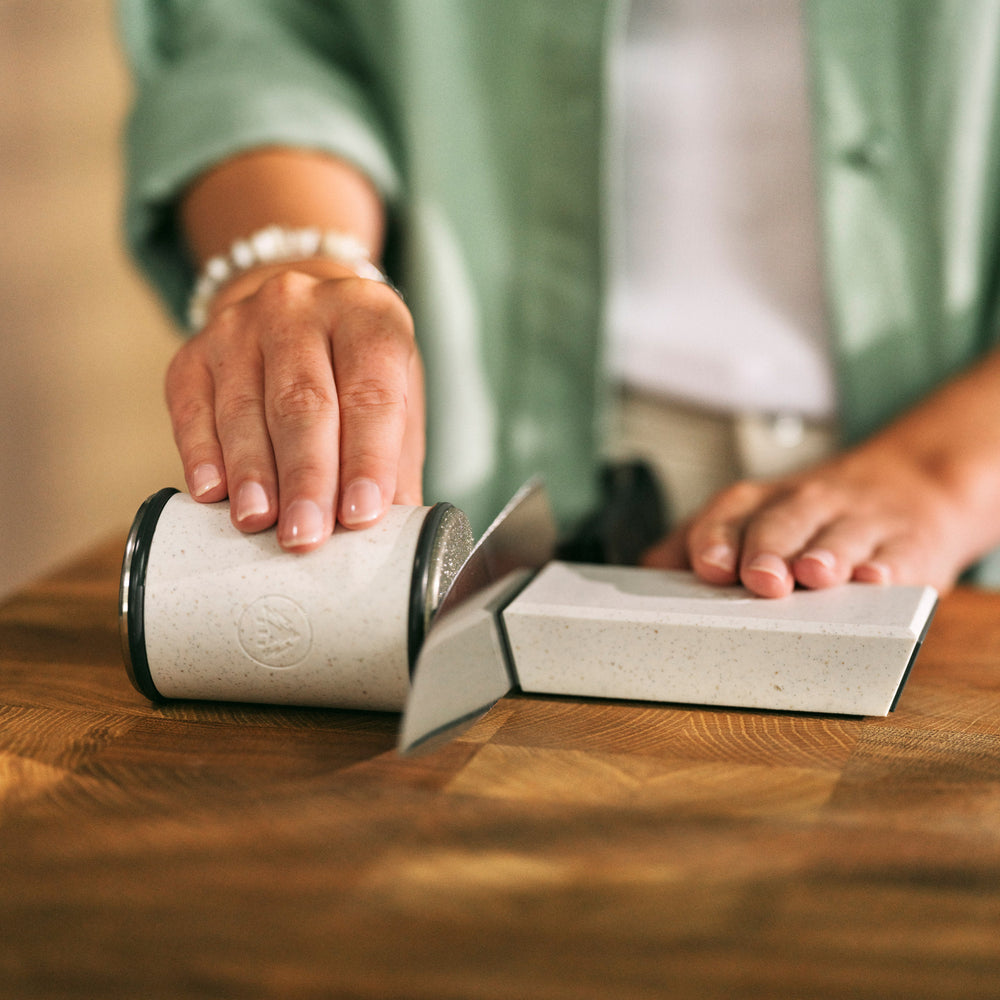Tried & Tested: HORL 3 Knife Sharpener Review
In this article, we go into the basics of knife sharpening, instructions on how to use HORL 3 knife sharpeners (including the HORL 3 Cruise and HORL 3 Pro), and why other rolling knife sharpeners do not compare.
Note: The older version of these knife sharpeners, the HORL 2, is being discontinued by the supplier. Both versions of HORL knife sharpeners are used in the same way, have the same function, and are equally durable; but the features are slightly different. To read about the difference between HORL 2 and HORL 3 knife sharpeners, read our article here.
The Difference Between Sharpening and Honing a Knife
Why? Think of your blade's edge as a row of straight teeth. As you use the blade, the teeth become blunter and misalign. Sharpening sharpens the teeth, while honing sets them back in a straight, neat row. If you sharpen without honing, your blade will not cut ingredients neatly – because its 'teeth' are in all different directions.
On the roller of any HORL 3 sharpener, you will see two discs on either side: A coarse disc for sharpening, and a finer disc for honing.
How Can You Tell When a Knife Needs Sharpening?

Instructions on How To Use the HORL 3 Knife Sharpener
- On a flat surface, with your knife's blade facing up, attach the blade to the side of the magnetic angle support. Use the 15° side for Japanese knives or the 20° side for Western knives; on the HORL 3 Pro, you can choose from five different sharpening angles: 25°, 22°, 20°, 15°, 13°, and 10°.
- With one hand holding down the angle support, roll the coarse disc of the rolling sharpener against the entire blade. Keep note of the number of times you stroke the blade – you will need to repeat this exact number when you sharpen the other side, and when you hone the blade.
- Sharpen the other side of your knife blade with the coarse disc, using the same number of strokes you counted.
- Now it's time to hone the knife: Using the finer ceramic honing stone (or the stainless steel honing stone on the HORL 3 Cruise), repeat steps 2 and 3, using the same number of strokes you noted when sharpening. You can skip sharpening and just hone the knife if you just want to touch up your blade.
HORL 3 vs Whetstones
The downside? In addition to the 15-minute soak required before using a whetstone, it takes a good amount of practice to use correctly, since it requires the user to determine the exact angle of the blade. This leaves a lot of room for mistakes, such as uneven sharpening. A HORL 3 sharpener, by contrast, does not need the 15-minute soak because no significant heat is generated from the sharpening process. Moreover, a HORL 3 sharpener sets the angle for you with its magnetic angle support. By doing so, it vastly shrinks any margin of error.

Teaching Your Knives the HORL 3 Sharpener
- Colour in the edge of the blade, on both sides, with a marker pen.
- Using the coarse sharpening stone, sharpen one side of the blade until the mark left by the pen is gone. Keep note of the amount of strokes.
- Repeat for the other side of the blade, using the same amount of strokes. The mark left by the pen should disappear.
- Now hone the blade on both sides, using the same number of strokes you used for sharpening. There’s no need to do the marker test for honing.

HORL Accessories Review
Our HORL 3 knife sharpening sets include two higher-grit discs at #3000 and #6000. These are easily interchangeable with the existing diamond and ceramic honing discs – just sharpen and/or hone with the standard stones, then twist off and replace them with the higher-grit stones. These sets includes the HORL Finishing Leather (also known as a leather strop), which removes any inconsistencies and metal residue from a sharpened edge. This makes the blade achieve its pinnacle sharpness, while giving it a shine so bright it looks brand new.

HORL vs Other Rolling Knife Sharpeners
Key differences include the strength of HORL 3's magnets – they are much stronger than competitors. HORL 3's magnetic angle support is also larger than copycat versions, which allows for more leverage when sharpening. Many competing brands' rolling sharpeners do not include interchangeable discs, as the HORL 3 and HORL 3 Pro sharpeners do.
Every HORL product is manufactured in Germany's Black Forest, using suppliers and partners located within a three-hour distance from HORL headquarters. This allows HORL to maintain extremely high standards in quality, trusting the knowledge of partners who are experts in working with their respective materials.
How Long Do They Last?




















